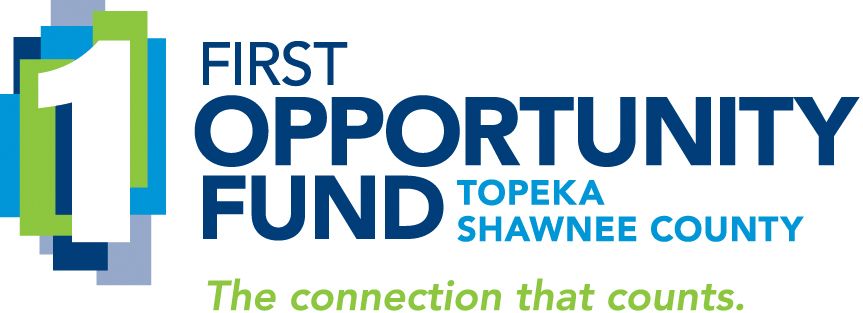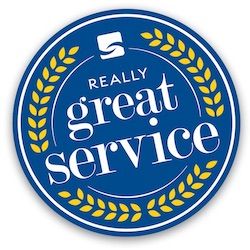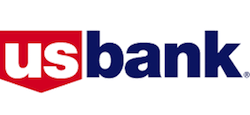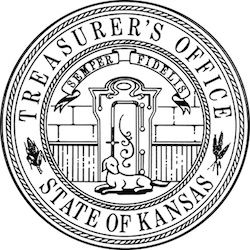 College football won’t happen this fall on most campuses, as a handful of major athletic conferences continue to wrangle the issue. Major League Baseball is back. Sort of. And Yogi Berra was prescient when he said “the future ain’t what it used to be.” If your institution is banking on sports sponsorships to boost your marketing, the future certainly looks different than it used to.
College football won’t happen this fall on most campuses, as a handful of major athletic conferences continue to wrangle the issue. Major League Baseball is back. Sort of. And Yogi Berra was prescient when he said “the future ain’t what it used to be.” If your institution is banking on sports sponsorships to boost your marketing, the future certainly looks different than it used to.
Whether sponsoring hometown youth baseball teams or teams in the big leagues, you need to build your fan base.
Here are three things you can do now to maximize the commitments you’ve made and keep your name in lights:
1. Be a partner
As in banking, the best relationships go both ways. Don’t view the sponsorship as a transaction. Treat it like a partnership.
While there may be fewer fans—or no fans—in the stands, people are still avid followers of their teams. Those teams are eager to help sponsors get the highest possible value from the relationship. And they’re open to ideas you may have to create winning experiences.
Matt Hutchinson, assistant athletic director for external operations at Washburn University in Topeka, Kansas, is spending a lot of extra time with sponsors.
“If you have an idea, let’s make it win-win,” he says. “We have the opportunity to do more in-game promotions, social media, texting. Ultimately, every sponsor should want—and get—added value at the end. That’s what we want to deliver."
John Hanley, CFMP, and SVP and director of marketing at Equity Bank, pushes the value of partnerships. “We want to work together with the teams, and we understand their world is different, just like our own is,” Hanley says. “We want to continue to be a community partner.” Hanley says working together as partners benefits everyone. “They want to deliver a relationship as much as you want to see one.”
Hutchinson also mentions connecting players and sponsors in a different way: employment. Recently, some of Washburn University’s student athletes needed jobs and sponsors needed employees. Hutchinson helped make connections so both students and sponsors both benefit. Not only that, “this helps the student athletes love your brand,” he says.
2. Continue to develop your digital game
According to Hutchinson, older fans are now readily investing in digital web streams so they can feel up-close and personal with the games they previously would have attended in person. “You can’t change the channel, so the streaming will become more valuable to sponsors,“ he says.
Sound familiar? Your bank’s older customers are getting comfortable with digital in its many forms so they can continue to do the things they want and need to do while they stay close to home. Banking and sports are just some of those things.
 Fans are watching in new ways. Is your brand there?Younger sports enthusiasts are already comfortable with experiences in the digital space. This means you can reach a broader array of your audiences than ever before. Your digital promotional efforts can drive traffic of all ages to your web and social media to build your brand and strengthen your connection to the team. Make sure the fan experience they have with your institution feels connected, seamless and exciting on game day.
Fans are watching in new ways. Is your brand there?Younger sports enthusiasts are already comfortable with experiences in the digital space. This means you can reach a broader array of your audiences than ever before. Your digital promotional efforts can drive traffic of all ages to your web and social media to build your brand and strengthen your connection to the team. Make sure the fan experience they have with your institution feels connected, seamless and exciting on game day.
3. Get creative and be willing to experiment
Both Hanley and Hutchinson advise banker sponsors to be willing to experiment. If you’re not sure about whether to try that, discuss it with your team representative and do a small test first.
Brainstorm with your colleagues about how an in-person experience can evolve to a virtual one. Some examples:
- Instead of a star player meet-and-greet for VIP customers, try an invitation-only Zoom call.
- Partner with a team and a charity online event that aligns with your brand and expands your visibility and reach.
- Swap out scoreboard messages for time-out activities that have strong visual appeal, such as masked kids or small dogs dressed as piggy banks with your logo running a race on the field. That’s a huge opportunity for social sharing and a memorable part of the game.
- Use your branch parking lots to create a drive-in game watching experience for customers. You’ll create a feeling of game-day experience and maintain social distance. Pass out Cracker Jacks and candy.
- Share team shout-outs and “proud to support” messages on your bank marquees.
- Have your staffers dress in team gear and share your spirit on social media leading up to game days.
- Create a virtual T-shirt cannon via a Facebook Live: randomly select live attendees and announce winners as they happen.
Your ability to successfully pitch these ideas to the team will vary depending on the sport and the division of play. Be adaptable and think outside the box.
A few words of advice
Sponsoring a team just because you love it isn’t enough reason to make the investment. Before saying yes to an opportunity, evaluate carefully.
Be sure the team is a good fit with your institution’s purpose and brand.
Is your “hometown bank” sponsoring hometown teams? Hanley says regional and high school sponsorships can be really fun. “The schools need this,” he says. “We can really fill a need that helps the community and the people our bankers see every day. That’s powerful.”
And if you’re pursuing relationships with women-owned or minority-owned businesses, do your sporting partnerships reflect that? Be sure you’re looking past the usual suspects. Yogi Berra said "the future ain't what it used to be." He was certainly right.
Yogi Berra said "the future ain't what it used to be." He was certainly right.
Be willing to commit.
Hanley says to go into the relationships with a long-term view. “Some people think if they sponsor a pro sports team, customers will just come flooding in on day one. It doesn’t quite work that way, but it will add relationships over time.” He advises bank marketers to go in with the right expectations. Be ready to devote time and budget to see long-term results from your sponsorship investment.
Pursue approaches beyond sponsorships.
“I think the pandemic will speed up changes in what we do for sponsors,” says Hutchinson. “We ask: ‘Is that traditional advertising still relevant?’” Hanley says that traditional advertising is still relevant and that sponsorships should not replace other efforts. He advocates for a balanced media mix.
“You’ve got to be very careful if you don’t know where you are going, because you might not get there,” Berra famously said. Market with intention and keep swinging for the fences.
This article was first published in the American Bankers Association Marketing Journal.
If your bank or credit union needs help with a strategic marketing plan that includes innovative approaches in this COVID era, schedule a meeting with Martha Bartlett Piland. Let's see how we can help with an introductory call.
























